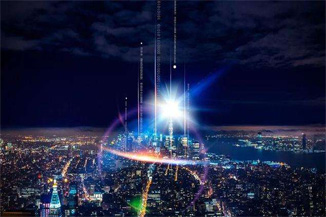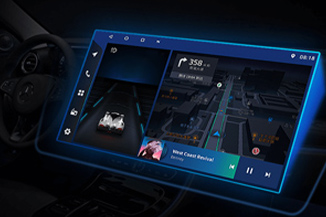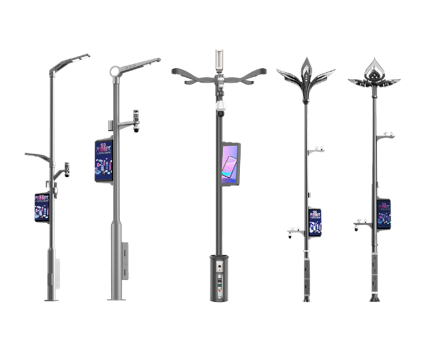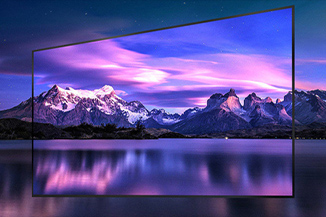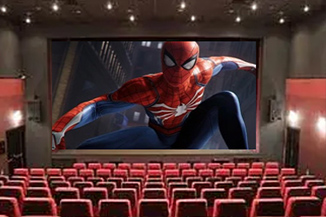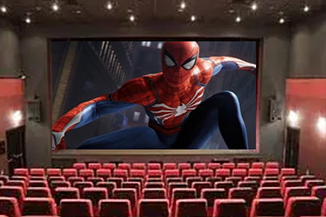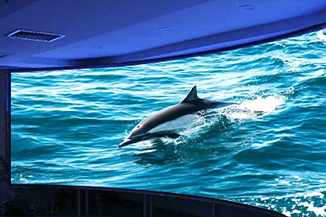Publisher: Supplier of LED Display Time: 2022-07-28 17:00 Views: 1753
In recent years, small-pitch LED displays, which have swept the entire LED display industry, have developed rapidly, especially in the fields of public safety, command and dispatch, safe cities and smart cities. LED small-pitch displays are almost impossible. or missing roles. Whenever a small-pitch LED display is mentioned, it is always thought that it is just a "big screen" with a small spacing between LED lamp beads and a large screen size. In fact, this understanding is relatively one-sided, because it shows that this part of the netizens do not understand the development prospects of the industry and the evolution in recent years. As the high-end market of the LED display market, what is the development status of small-pitch LED displays in cinemas, radio and television studios, command and dispatch centers and other markets? Next, the editor of LCF will take you to take a look.
The earliest specifications of small-pitch LED displays are P1.5 to P2 screens, which use 1mm lamp beads. When the small-pitch LED display is expanded to P1.2 and below products, the lamp beads are reduced to 0.4 mm to 0.8 mm. It can be seen that the hardware specifications of the final waste products on the market are getting smaller from time to time.
It is not comprehensive to assume that the reduction of lamp beads is the technical progress of small-pitch LEDs in hardware. Because there are many reasons behind this trend, the most important reason is the improvement of light efficiency. Under the requirement of the same brightness, after the luminous efficiency is improved, the crystal required by the lamp bead is smaller, so that the lamp bead itself can also be reduced.
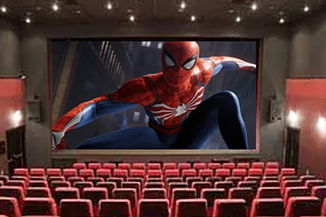
In addition, the needs of users are also increasing from time to time. Since the resolution of the traditional small-pitch LED display is not high, the size of the lamp bead can be reduced to ensure that the resolution of the screen can be improved under the same screen area. This also makes small-pitch LED screens more likely to chase the trend of higher resolution.
Of course, as an LED display manufacturer itself, it is only necessary to upgrade the hardware specifications of the product from time to time in order to make differentiated products and stop the implementation. Moreover, higher light efficiency and smaller lamp beads are conducive to reducing the hardware cost of products to cope with more fierce competition in the future market.
At the software level, LED large-screen visualization has become an urgently needed performance for downstream users in the industry. Differences in how different users use products make upstream companies pay more attention to improving the "soft power" of software packages. However, when the concept of large-screen visualization was first implemented, upstream companies made some users' understanding too simple and crude, and one-sidedly understood visualization as "data on the wall".
In fact, the real large-screen visualization is not just as simple as converting background data into graphics and displaying them on the large screen, but also connecting the foreground and background. The difference between the two lies in whether upstream manufacturers can accurately connect supporting software according to the business process characteristics of different users, and complete after-sales service upgrades.
Behind this vision is the improvement of the way of operation. Users no longer simply display existing information on the big screen in one direction through the traditional data editing method, but through the large screen, they can directly operate instructions, form a two-way background data interaction, and improve the convenience and efficiency of operation. When dealing with serious emergencies, such an operation method can race against time.
After the improvement of both software and hardware, cross-scenario applications are particularly urgent. In the impression of many users, small-pitch LED screens only exist in large-screen monitoring scenarios, limited indoors, and the products have obvious advantages such as low resolution and low commercial progress. It is undeniable that there is such a chaotic development period for such products, and the homogeneity of products makes the application scenarios of small-pitch LED displays generally limited.
After years of product updates and iterations, the application scenarios of small-pitch LED displays have been expanded. Not only did the advertising machine appear in the marketing promotion market, but also deepened the theater, trying to replace the traditional way of watching movies. Such a development change makes the large LED screen completely remove the hat with few application scenarios.
With the continuous innovation of products and the continuous reduction of costs, the application fields of small-pitch LED displays will continue to expand, and their applications in commercial display markets such as business, conference rooms, enterprises, and command centers will gradually open up. In addition, the growing maturity of MiniLED technology will benefit the further expansion of the industry space, and make technical reserves for further improving the penetration rate in the commercial display market and high-end control room market.
According to the market research of Lianchengfa, under the historical opportunity of the rapid development of safe city, smart transportation, and public security informatization construction, the upgrading and transformation of each command center has been launched quickly. As far as the public security field of the security industry is concerned, the current public security command centers in major cities in China are still dominated by DLP and LCD splicing screens, and the penetration rate of small LED pitch is less than 10%. In the future, the penetration rate of small-pitch LEDs in the public security field is expected to increase to 50%.
With the continuous upgrading of LED small-pitch display functions and the continuous reduction of costs, the replacement of LED small-pitch for electronic whiteboards, laser projectors, advertising machines, and LCD splicing in shopping malls, education, corporate conference rooms and other fields will be further accelerated. The penetration rate of small pitch in the commercial display market can reach 20%, and the market size of LED small pitch in the commercial field is expected to exceed 20 billion yuan in the future.
The above is the application prospect of the small-pitch LED display screen in our country organized by the editor of Liancheng. You are welcome to add or correct it. LCF is a world-leading provider of LED display applications and solutions, as well as a national-level specialized, special, and new little giant enterprise. The main business covers "smart city", "cultural tourism business performance", "commercial display project", "content technology" four major sections, with the world's leading automated production equipment and modern post-doctoral research laboratory and perfect sales and services team. Friends who want to buy LED display can also contact us, Lianchengfa LED display manufacturer, a big country brand, trustworthy!
